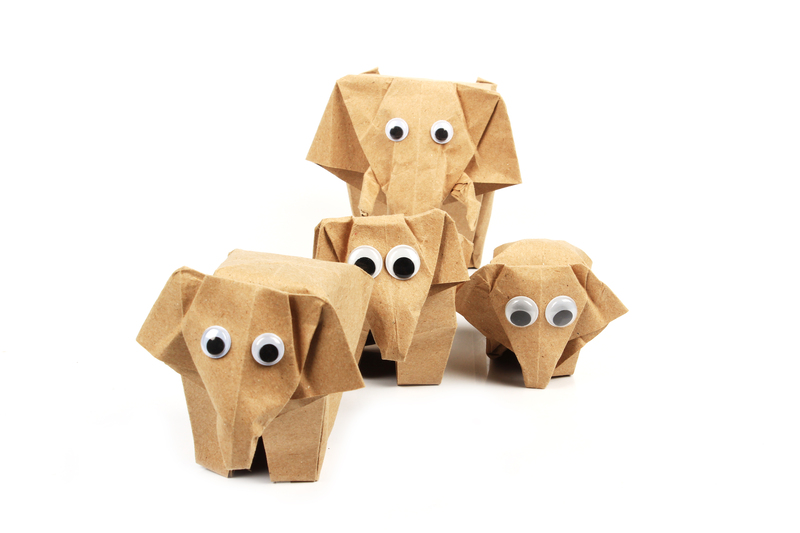Simple Rules for Safe PPE Waste Handling
Personal Protective Equipment (PPE) is an essential defense against workplace hazards, infectious agents, and environmental contaminants. However, proper handling of PPE waste is equally important. Whether you are in healthcare, manufacturing, or any public-facing role, ensuring that used PPE is disposed of safely helps protect both your team and the environment.
Why is PPE waste management crucial? Improper disposal can lead to dangerous cross-contamination, environmental pollution, and even the spread of infectious diseases. This comprehensive guide provides you with simple, effective rules for safe PPE waste handling.

Understanding PPE Waste
PPE waste includes discarded items like face masks, gloves, face shields, gowns, and other single-use equipment designed to shield workers from hazards. As a result of the COVID-19 pandemic and increased awareness of infection control, PPE waste management has become a top priority worldwide.
Types of PPE Waste
- Single-use masks and respirators
- Disposable gloves
- Gowns and aprons
- Face shields and goggles
- Shoe covers and head caps
PPE waste is categorized as potentially infectious or hazardous. Therefore, handling it safely and effectively is critical for workplace safety and public health.
Simple Rules for Safe PPE Waste Handling
From the moment PPE is removed, the risk of contamination rises. The following rules help ensure that PPE waste disposal is done in a manner that minimizes exposure and maximizes safety.
1. Remove PPE Safely
- Always remove PPE according to your workplace protocols. For example, take off gloves first, then gowns, goggles, and masks last.
- Never touch the outside of contaminated PPE
- If in doubt, ask for a demonstration or refer to posted guidance in your facility.
2. Segregate PPE Waste Properly
- Use designated bins for PPE waste--never dispose of masks or gloves in general waste containers.
- Color-code waste bins (e.g., yellow for clinical waste) for easy identification.
- Ensure bins are lined with appropriate bags, such as leak-proof or biohazard-marked liners.
3. Avoid Overfilling Waste Bins
- Check waste bins regularly and replace liners before they're too full; overfilled bins increase the risk of contact with contaminated materials.
- Always tie bags securely and transport them carefully.
4. Wear PPE When Handling Waste
- When disposing of used PPE or transporting waste bags, always wear fresh gloves and, if necessary, eye protection and gowns.
- Change gloves immediately if torn or after handling contaminated items.
5. Follow the Correct Disposal Method
- Do not attempt to recycle used PPE unless guided by approved programs.
- Dispose of PPE waste through certified collection services, and in line with local or national regulations.
- Never flush PPE items down the toilet or drains, as they can clog pipework and pollute water sources.
6. Minimize Touch and Cross-Contamination
- Nudge waste into bins using tongs, if needed, rather than your hands.
- Encourage touch-free waste bins with foot pedals in high-traffic areas.
7. Sanitize Hands Thoroughly
- Wash hands with soap and water or use hand sanitizer after handling, transporting, or disposing of PPE waste.
- Remember that hand hygiene is a critical barrier against the spread of infection.
Best Practices for PPE Waste Storage and Collection
Safe Storage Guidelines
- Store PPE waste in secure, well-ventilated areas away from food and clean PPE stocks.
- Keep storage areas locked and clearly labeled as hazardous or infectious waste zones.
- Regularly inspect storage for leaks or spills and clean immediately if found.
Timely Waste Collection
- Schedule frequent collections to prevent waste buildup and reduce potential risk.
- Engage authorized waste management services certified to handle hazardous and medical wastes.
- Document and track waste collections to comply with regulatory audits and ensure accountability.
The Environmental Impact of PPE Waste
The widespread adoption of single-use PPE has resulted in a significant increase in non-biodegradable plastic waste. Landfills and oceans are now encountering disposable gloves and masks, posing risks to ecosystems and animal life. Safe PPE waste handling isn't just about infection control; it's about environmental stewardship.
How to Reduce Your PPE Waste Footprint
- When safe and feasible, select reusable PPE options that meet safety standards.
- Participate in approved take-back or recycling programs for PPE.
- Educate staff about the environmental impact of improper PPE disposal.
Legal and Regulatory Obligations
Every region has guidelines for the classification, storage, transportation, and disposal of PPE waste. Following these rules is not only good practice but also a legal requirement.
Common Regulations for PPE Waste Disposal
- OSHA (Occupational Safety and Health Administration) standards in the US require proper segregation and labeling of infectious waste.
- The UK's Department of Health mandates the disposal of contaminated PPE in "offensive" or "clinical waste" streams.
- Many countries enforce strict documentation for waste transfer, including manifests and waste transfer notes.
Be Aware of Local Laws
- Consult your local environmental protection agency or waste management authority for updates relevant to your area.
- Keep all staff informed on changes to regulations and best practices for PPE waste handling.
Training and Awareness: Your Best Defense
Continuous training ensures that all team members understand and implement safe PPE waste disposal rules. Regular refreshers and visual reminders help reinforce correct behaviors.
Key Training Points
- Demonstrate PPE removal and disposal steps with visuals or hands-on sessions.
- Reiterate the risks of improper PPE handling, including infection, environmental pollution, and regulatory penalties.
- Display signs at disposal points outlining simple rules for safe PPE waste handling.
Tips for Effective Communication
- Use clear labels and posters around PPE waste bins.
- Conduct regular toolbox talks on safe PPE waste management.
- Invite feedback from staff to continually improve waste handling procedures.

Consequences of Improper PPE Waste Disposal
Failing to follow simple rules for safe PPE waste handling can result in:
- Spread of infections both within and outside the workplace
- Occupational hazards to janitorial and waste collection staff
- Fines or penalties for regulatory non-compliance
- Contamination of land, water sources, or wildlife
Conclusion: Prioritize Safe PPE Waste Management
In any setting where PPE is used, applying simple rules for PPE waste handling is vital for safety, sustainability, and regulatory compliance. Always remove, segregate, dispose, and document PPE waste with care. Make it everyone's responsibility to uphold the highest standards of infection control and environmental protection.
Ready to make a difference? Implement these comprehensive guidelines and foster a culture of safety and responsibility in your workplace. Together, with consistent education and vigilant practice, we can reduce risk and ensure that PPE waste disposal is managed safely, sustainably, and in line with the law.
